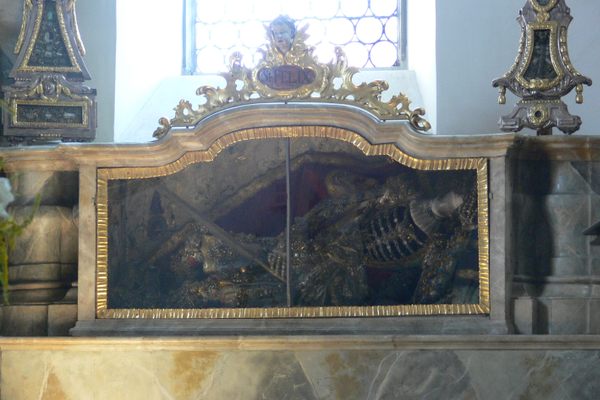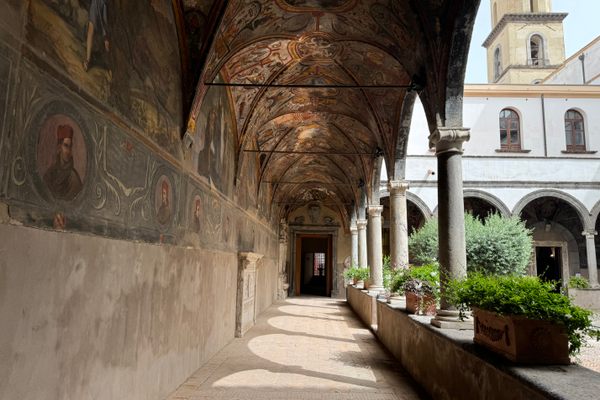Necropolis of the Banditaccia
Largest necropolis in the Mediterranean.
The Necropolis of the Banditaccia evolved in a similar way to many cities, even though its residents were dead. As Etruscan culture changed and advanced over a period of 600 years, their burial structures in this massive city of the dead followed suit.
Just outside the modern city of Cerveteri in Rome Province, the sprawling 1000 acre complex began. 3000 years ago when Etruscan society was beginning to flourish, the simplest tombs were just small pits and holes, where ashes of the dead were kept. From there, the city expanded, requiring more architecture and even a bit of city planning.
Soon, they moved to build burial mounds scattered around the site, diversifying the landscape and creating an expansive city beneath the mountains in the background. The mounds neatly tied nature to man, as they were often carved out of living rock or built out of earth. As the Etruscans grew even more powerful moving into the 6th century B.C.E, they began to make streets lining the area. Along the two main streets of the Necropolis, they built rows of square tombs, each housing the remains of important people from their society.
Resulting from these changes in burial style and architecture, is a whole city, built over 600 years. The slight changes in burial show impressive changes in power and wealth as well as custom, as the Etruscan civilization plunged toward their demise in the first centuries before the Romans overwhelmed them militarily.
Easily accessible from Cerveteri, the entire area has been dedicated as a UNESCO World Heritage Site.
























Follow us on Twitter to get the latest on the world's hidden wonders.
Like us on Facebook to get the latest on the world's hidden wonders.
Follow us on Twitter Like us on Facebook